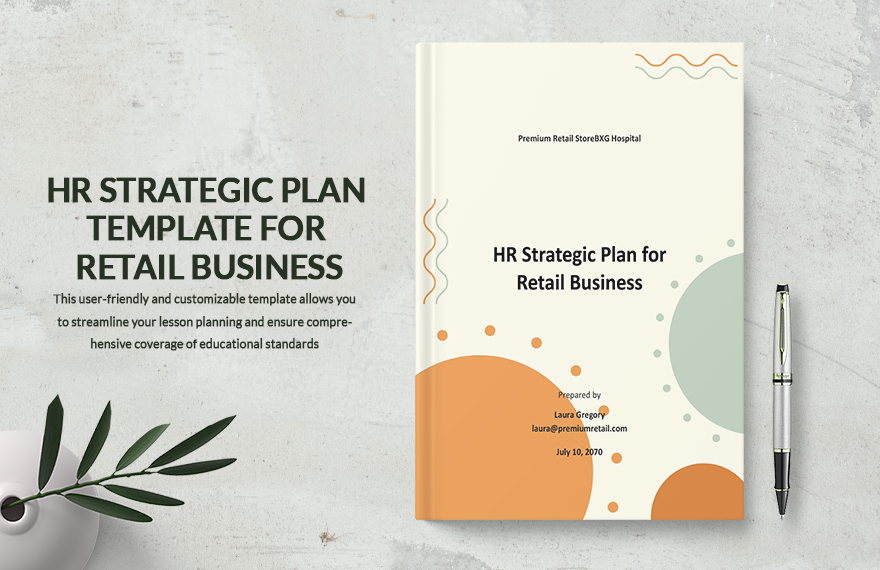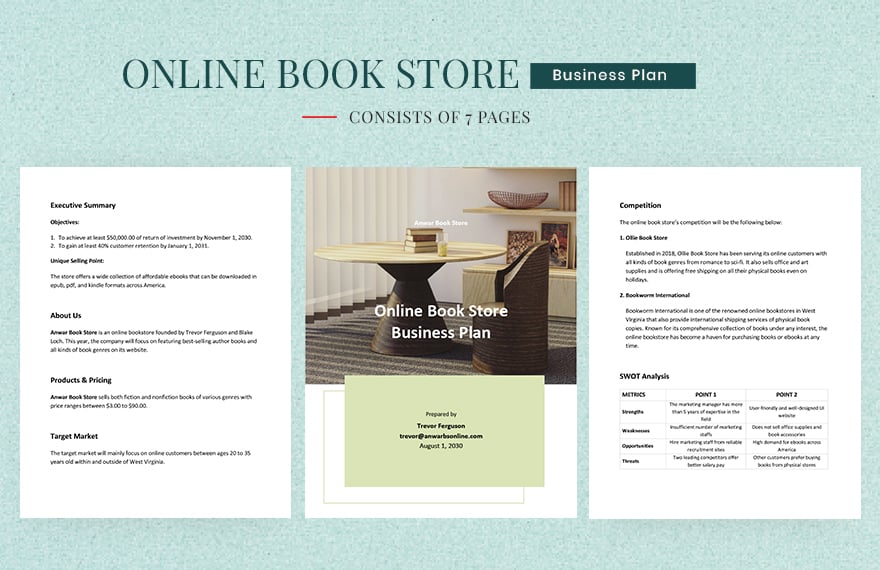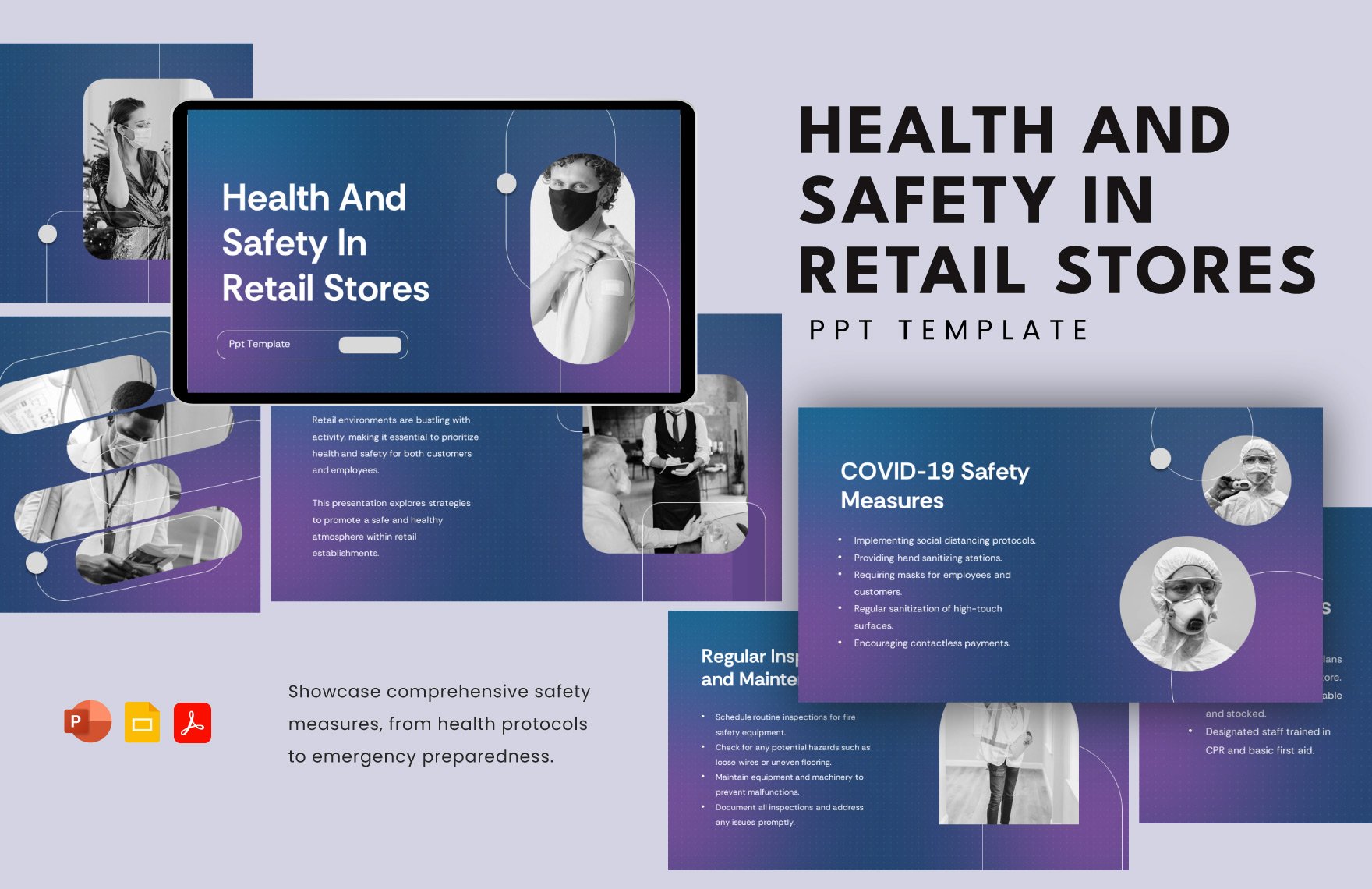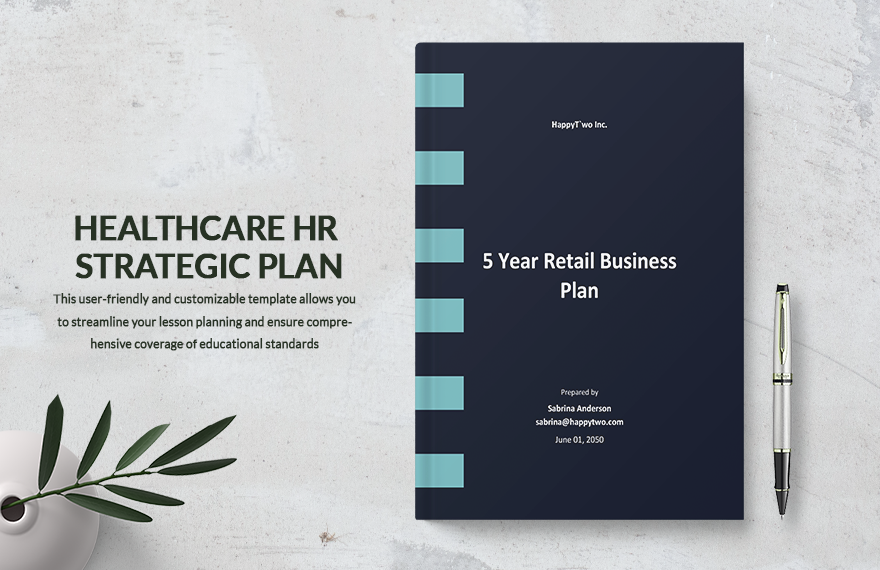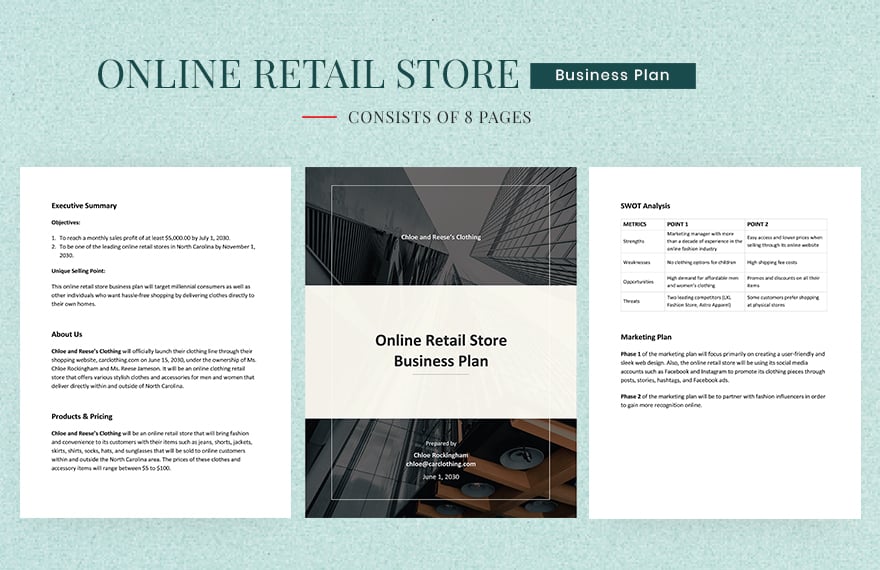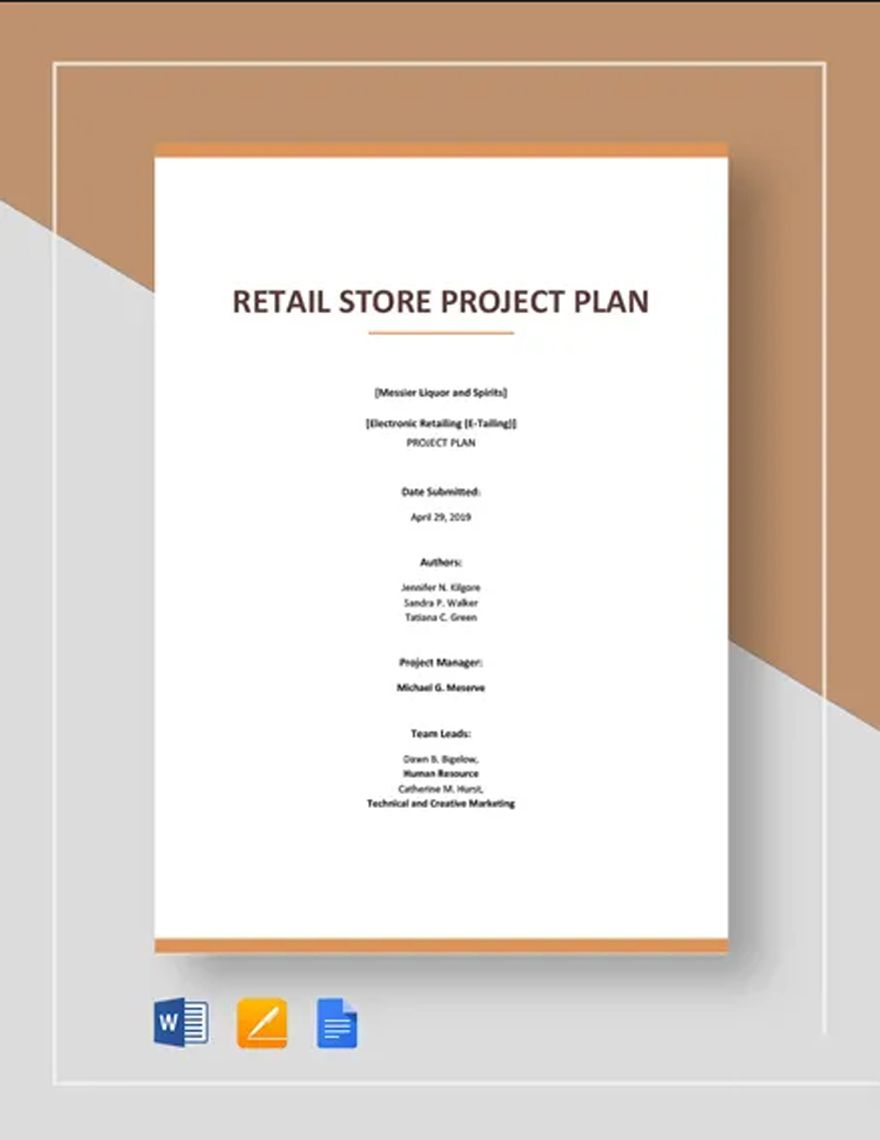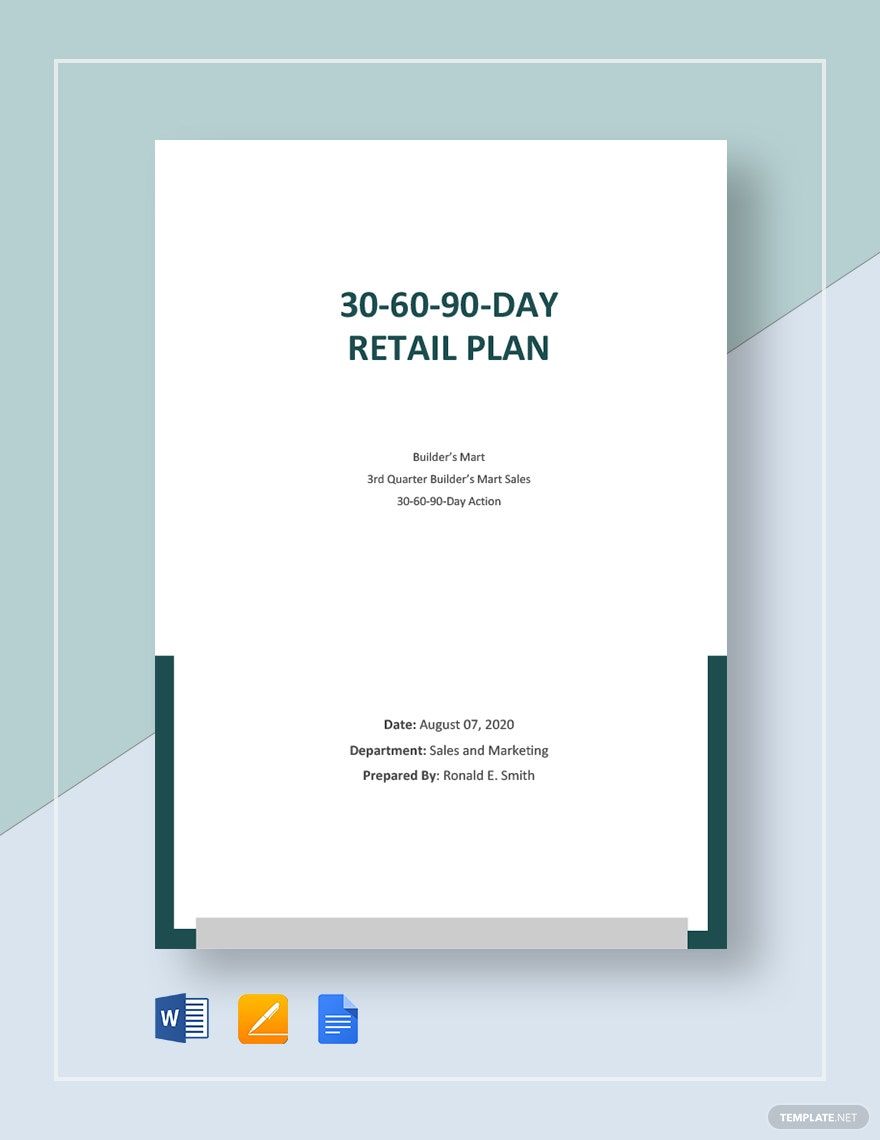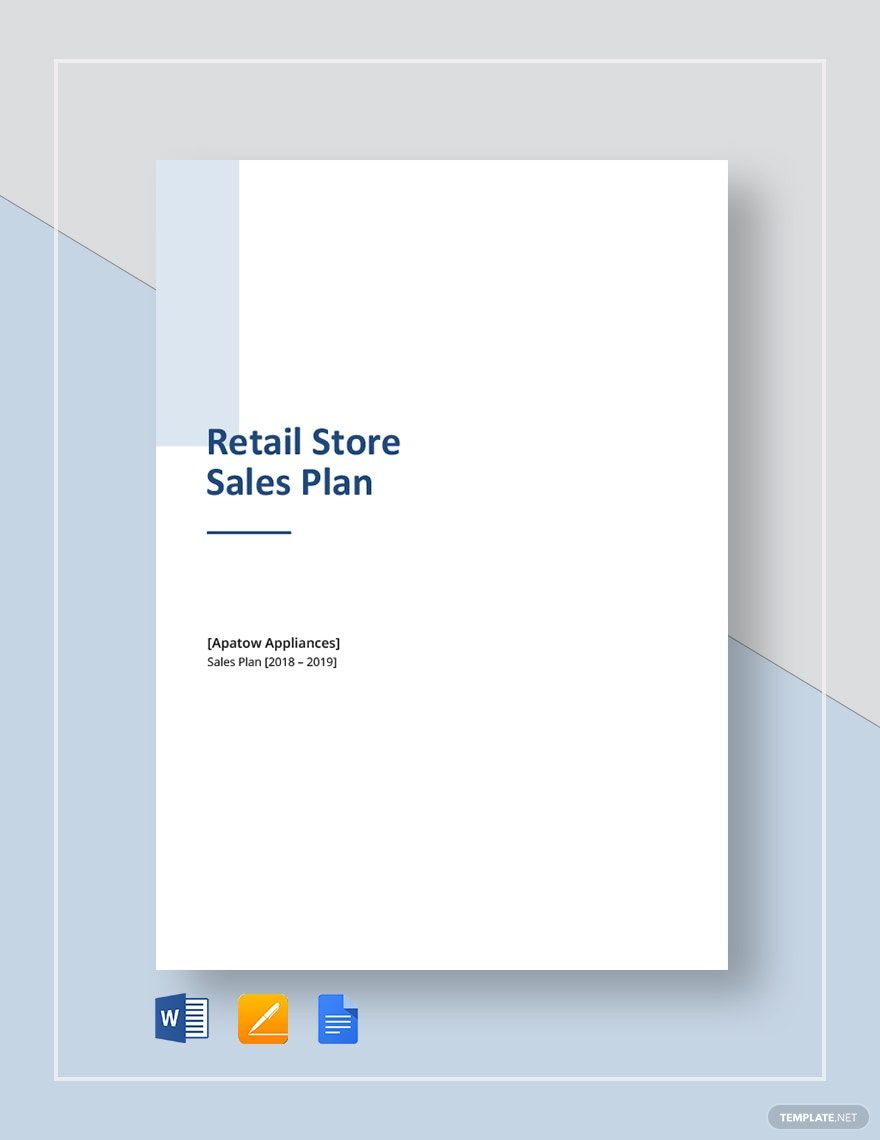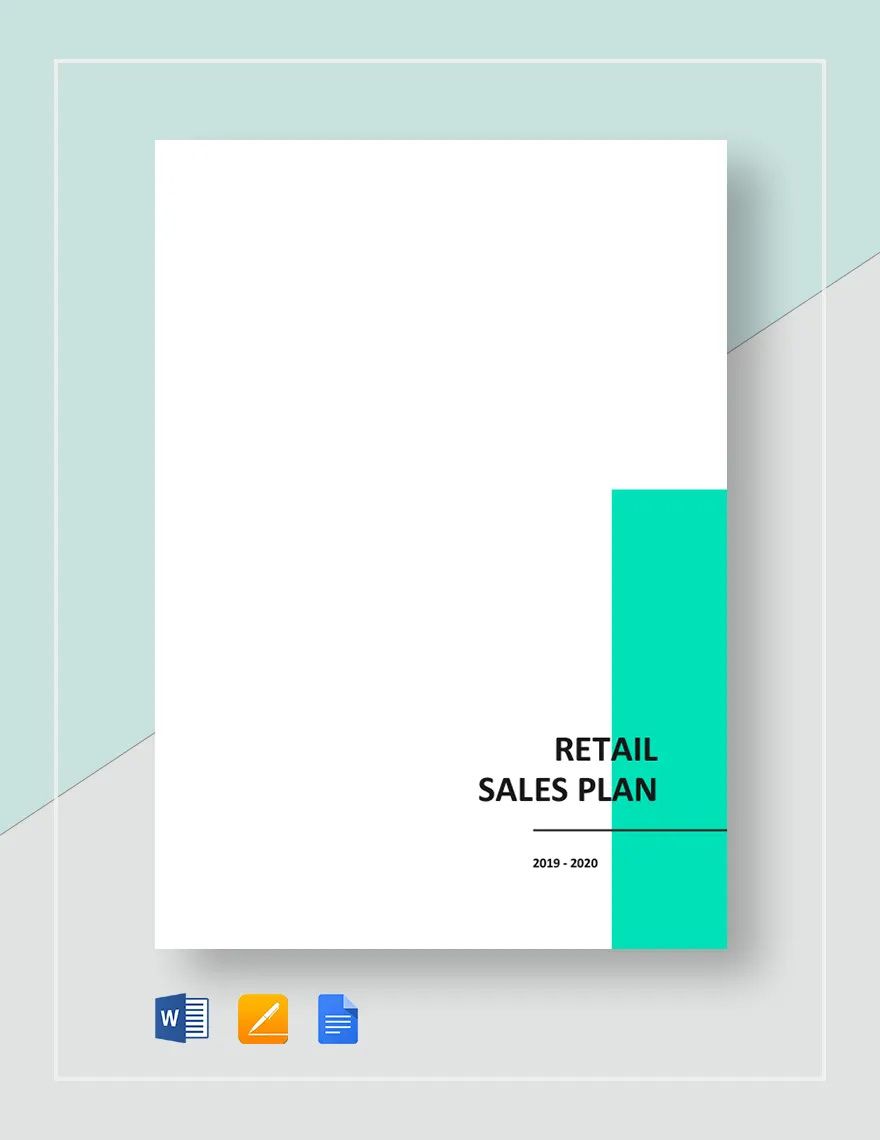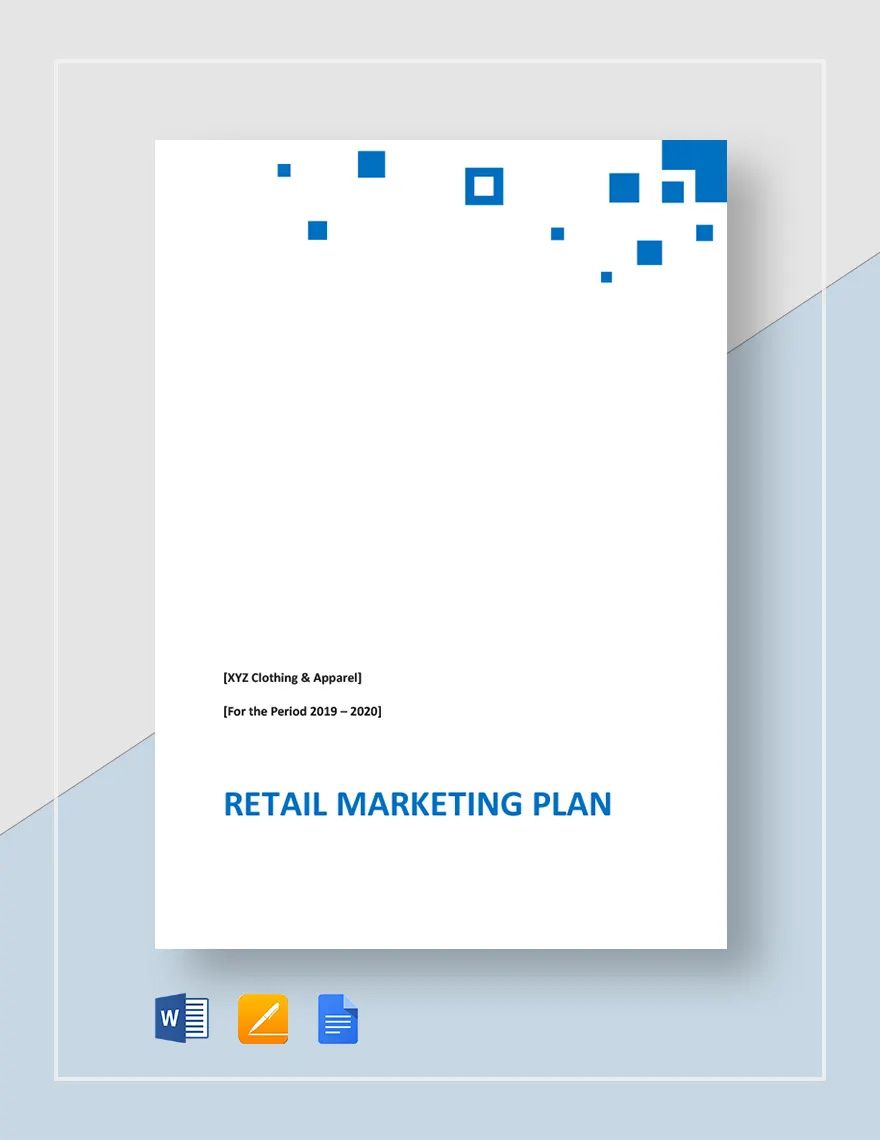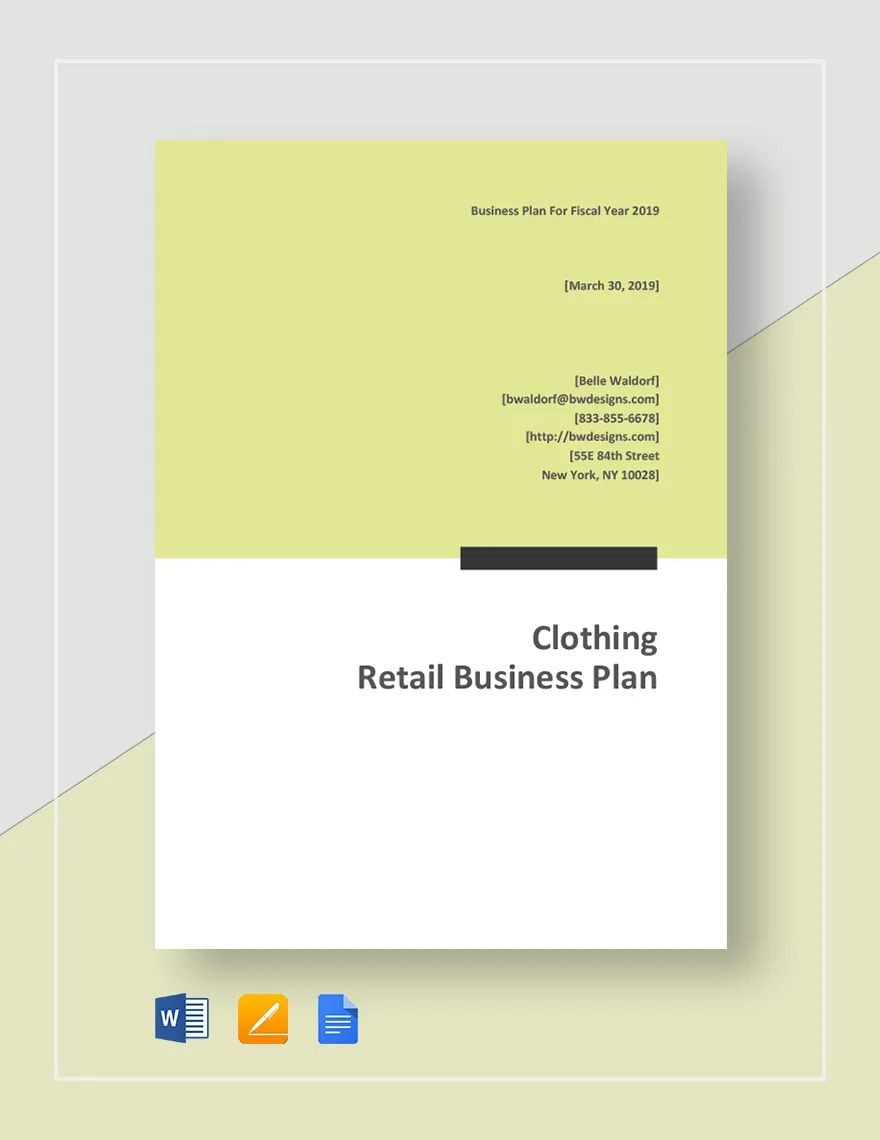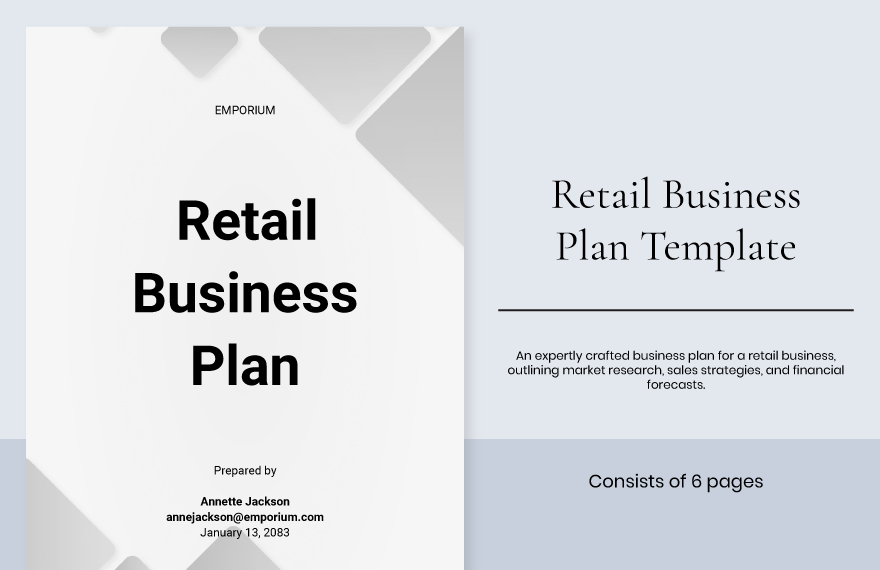Running a retail store is not an easy task because you'll have to deal with different people everyday. Every detail must be monitored to ensure a good flow of business. Did you know you can make your life easier while your business continues to prosper? Well, you can do those things when you make a retail plan that will address all your marketing strategies, business outline, and financial budget. If you don't know how to start one, we provide you with numerous high-quality and professionally written Retail Plan Templates. These printable templates are easy to use, 100% customizable, and highly editable. You may download them through Google Docs, MS Word, and Apple Pages. With these templates, you can proceed to make a retail plan for your business venture. Get your template now and sign up in our subscription plan.
What Is a Retail Plan?
A retail plan is a multi-page document that details various data analysis, summaries, facts and figures, and strategies on how a retail business will realize its visions while gaining sales and profit.
How to Write a Retail Business Plan
A retail business is a physical store that offers different commodities and products to customers. It is the sale of goods to the public in relatively small quantities for use or consumption. Some examples of retail stores are grocery stores, clothing boutiques, specialty stores, etc.
The retail business entrepreneurs give comfort and solution to the daily needs of the consumers. No matter how big or small a business venture is, they need a careful retail service plan to improve their customer interaction, thus gaining more influence and profit.
1. Conduct a Careful Research
You need to allocate time for research and study. Research must always be of high quality in order to produce knowledge, ways, and means applicable to the drafting of the business plan and its execution. Read the materials from reliable sources to gather up verified and credible information.
2. Start with the Executive Summary
The executive summary is the first of the business plan. It offers a synopsis of your overall retail business plan and highlights the vital points you want to address in the rest of your formal document. In the executive summary, the company information, business description, the mission and vision statement, and the ownership status must all be included. The summary must be written in a clear and concise manner because it serves as an advance organizer that will catch the attention of the reader.
3. Write a Target Market Analysis
Different retail stores cater to different kinds of customers or consumers. Identify the people who will benefit from your goods and services. Doing a target market analysis will help you identify the basic customer demographics. When you have done a survey with your market, interpret it then figure out ways on how to appeal to these customers by letting them know that you have the solution to their needs.
4. Include Facts and Figures of the Competition
Starting a business can be hard since you have to face and step from the competition. Your business plan must include basic information about the competition. This part is important because it will encourage you to step up your game and strategies. A SWOT analysis (strengths, weaknesses, opportunities, and threats) must also be performed.
5. State the Marketing and Operations Strategies
The marketing strategy section should explain how your retail business will penetrate and appeal to the target market. Write in the details about how your company plans to introduce the desired image and branding strategy. The marketing and operations strategies must identify the requirements needed to realize the business vision, a time table of events, and a roadmap towards the goal of the business plan outline.
6. Write Down Projected Financial Statements
You should provide an overview of the company's pricing strategies, current, and potential marketing partnerships. This part of the retail business plan involves the company's financial capability and funds to put the strategies into action. The projected financial statement will assess the sales forecast, balance sheets, and cash flow analysis. The financials must be broken down depending on the time frame given. Varying retail business plans are made to address the needs within a specific time frame; some are good for three to six months or even up to a year.
